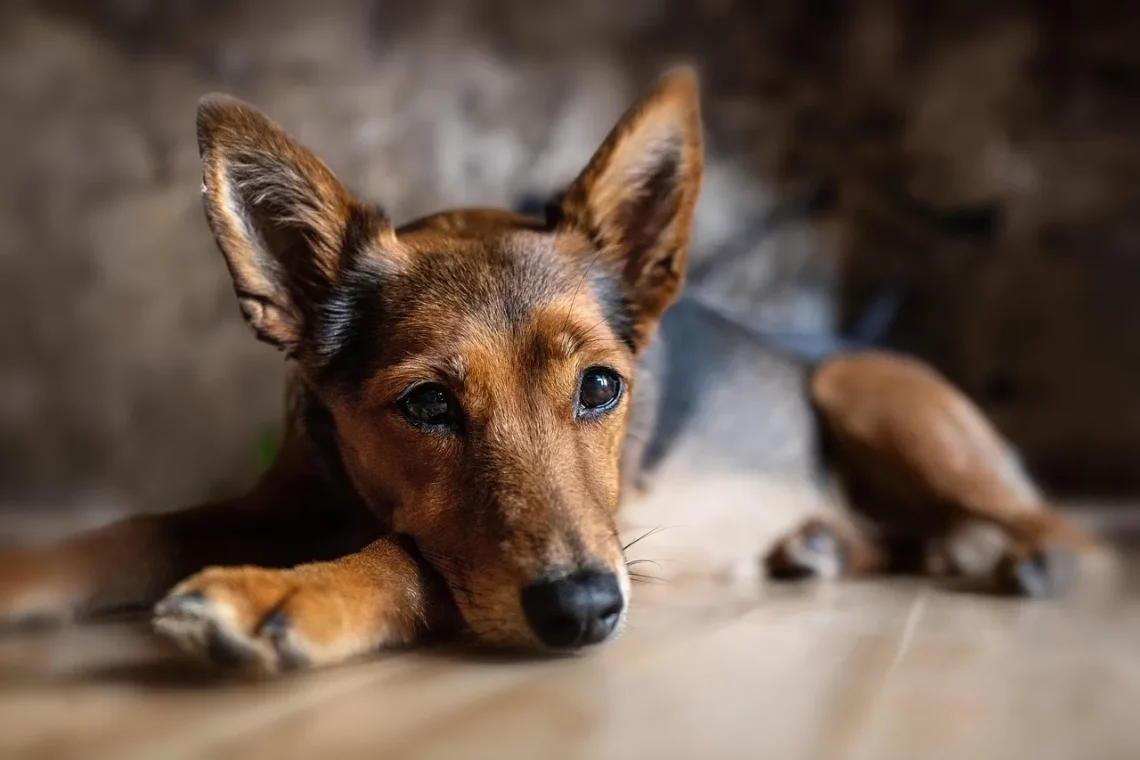
Natural Flea Control: The Animals That Eat Fleas in Your Home
Fleas are tiny, wingless parasites that can cause significant discomfort for pets and humans alike. These pests thrive in various environments, often infiltrating homes through pets or even on clothing. Fleas not only irritate their hosts but can also transmit diseases, making effective control measures essential for maintaining a healthy living space. While there are numerous chemical solutions available for flea control, many pet owners are increasingly seeking natural methods that are safer for both their animals and the environment.
Creating a harmonious home involves more than just caring for your pets; it includes managing pests that can disrupt daily life. Natural flea control methods leverage the innate behaviors of certain animals, allowing for a more sustainable approach to pest management. By understanding the ecosystem within our homes, we can identify various creatures that play a role in keeping flea populations in check.
In this article, we will explore the fascinating world of natural flea control, focusing on the animals that contribute to flea management within our homes. From predatory insects to small mammals, these creatures can play a crucial role in maintaining a flea-free environment. Understanding their habits and interactions with the ecosystem will allow homeowners to adopt a more holistic approach to pest control, promoting a healthier living space for both pets and people.
The Role of Cats in Flea Control
Cats are often regarded as natural hunters, and their predatory instincts can be beneficial in controlling flea populations. While they are known for their ability to catch mice and other small animals, cats also excel at hunting insects, including fleas. Their agility, sharp eyesight, and keen senses make them formidable hunters, capable of significantly reducing flea numbers in an environment.
When cats engage in hunting behavior, they not only target adult fleas but also help disrupt the flea life cycle. By capturing fleas, cats can prevent the insects from laying eggs, thus reducing the overall population within a home. Moreover, the act of grooming plays a critical role in flea control. Cats spend a substantial amount of time grooming themselves, which helps remove fleas and their eggs from their fur. This natural grooming behavior can be an effective line of defense against infestations.
However, while cats can help control flea populations, it is essential for pet owners to monitor their overall health. Regular veterinary check-ups and preventive treatments are necessary to ensure that cats remain healthy and free from fleas. Additionally, creating a flea-friendly environment for cats involves regular cleaning of living spaces, including vacuuming carpets and washing bedding, to eliminate any potential flea eggs or larvae.
By fostering a home environment that encourages natural hunting behaviors, such as providing outdoor access or engaging in play that simulates hunting, cat owners can enhance their pets’ ability to contribute to flea control. Understanding the role of cats in managing flea populations can lead to a more balanced and healthy household.
Beneficial Insects That Help Control Fleas
In addition to household pets, various beneficial insects play a crucial role in controlling flea populations. Predatory insects, such as ladybugs and certain types of beetles, can significantly impact flea numbers. These insects thrive in gardens and outdoor spaces, helping to maintain a balanced ecosystem that deters pest populations.
Ladybugs, for instance, are well-known for their voracious appetite for aphids, but they also feed on other small insects, including flea larvae. By encouraging ladybugs to inhabit your garden, you can create a natural barrier against fleas and other pests. Planting flowers that attract these beneficial insects can enhance your garden’s biodiversity and contribute to a healthier outdoor environment.
Another beneficial insect is the nematode, a microscopic roundworm that preys on flea larvae in the soil. Nematodes are effective at breaking the flea life cycle by targeting larvae and preventing them from maturing into adult fleas. By applying nematodes to your garden or yard, you can introduce a natural method of flea control that works in harmony with the ecosystem.
Creating an inviting habitat for these beneficial insects involves minimizing the use of chemical pesticides that can harm their populations. Instead, consider organic gardening practices that promote biodiversity and attract a variety of beneficial species. By fostering a natural environment that supports these insects, homeowners can effectively reduce flea populations while promoting a healthier ecosystem.
The Impact of Small Mammals on Flea Control
Small mammals, such as rabbits and certain rodents, can also play a significant role in controlling flea populations. These animals have a natural instinct to forage and groom themselves, which can help reduce the number of fleas present in their environment. As these mammals move through grassy areas or gardens, they can disrupt flea habitats, making it harder for fleas to thrive.
Rabbits, for example, are known to groom themselves frequently, which helps remove fleas and their eggs from their fur. Additionally, their foraging behavior can disturb flea nests in the grass or soil, making it challenging for fleas to establish a stable population. Encouraging small mammals to inhabit your yard can be an effective way to promote natural flea control.
However, it is essential to approach this method responsibly, as introducing new animals to your environment can have unintended consequences. It is crucial to ensure that these mammals are native to your area and do not pose a threat to local wildlife. Providing a safe and natural habitat for small mammals can enhance their role in flea control while maintaining ecological balance.
Creating a balanced ecosystem that includes a variety of animals can result in a more effective natural flea control strategy. By understanding the interactions between small mammals and flea populations, homeowners can take proactive steps to manage pests while supporting local wildlife.
Implementing Integrated Pest Management Strategies
To maximize the effectiveness of natural flea control, homeowners should consider implementing integrated pest management (IPM) strategies. IPM combines various approaches to pest control, focusing on prevention, monitoring, and non-chemical methods. This holistic approach can create a more sustainable environment for both pets and humans.
One of the first steps in IPM is prevention. Maintaining a clean living space is essential for reducing flea populations. Regular vacuuming, washing pet bedding, and cleaning outdoor areas can help eliminate flea eggs and larvae, preventing infestations from taking hold. Additionally, ensuring that pets are healthy and receiving regular veterinary care can reduce the likelihood of flea problems.
Monitoring is another critical aspect of IPM. Homeowners should regularly check their pets for signs of fleas, such as excessive scratching or flea dirt. Early detection allows for prompt action, preventing a small problem from turning into a larger infestation. Keeping an eye on the environment, including outdoor spaces, can help identify potential flea habitats before they become problematic.
Non-chemical methods, such as the introduction of beneficial insects or small mammals, can be integrated into a comprehensive pest management strategy. By combining these natural approaches with preventive measures, homeowners can create a proactive strategy for flea control that minimizes reliance on chemical treatments.
In conclusion, understanding the animals that contribute to natural flea control can empower homeowners to adopt more sustainable pest management practices. By fostering a healthy ecosystem that includes cats, beneficial insects, and small mammals, homeowners can enjoy a flea-free environment while promoting biodiversity. This holistic approach not only benefits pets but also supports the overall health of the home and surrounding environment.
**Disclaimer:** This article is for informational purposes only and should not be considered medical advice. If you have health-related concerns or issues, please consult with a qualified healthcare professional.




